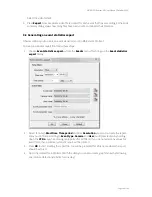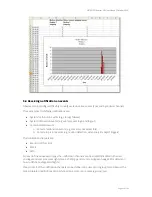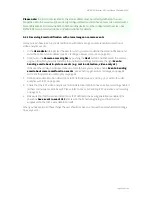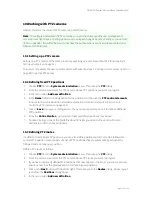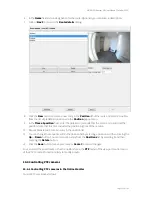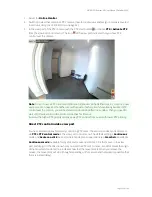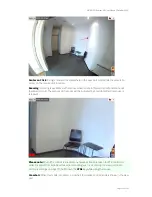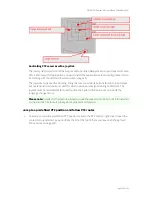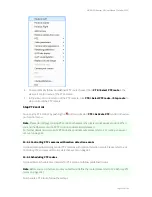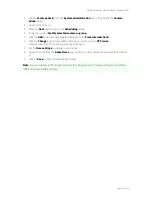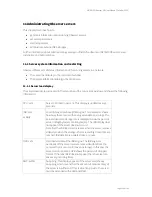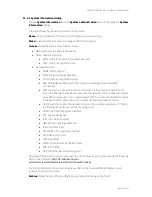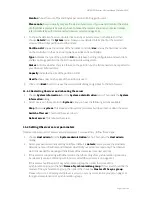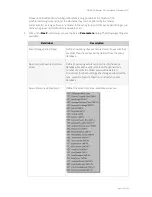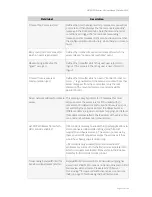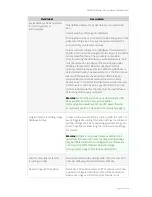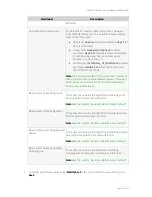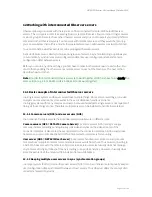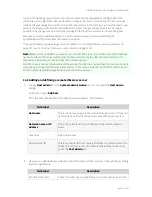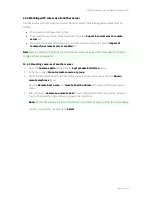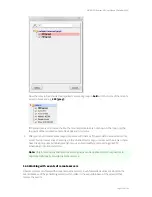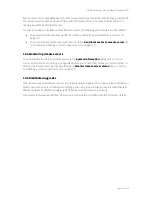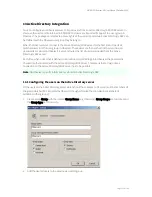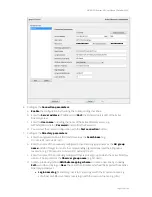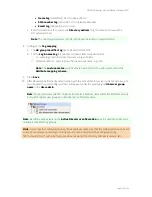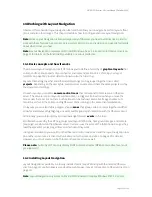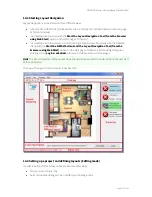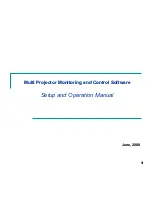
NETAVIS Observer 4.6 User Manual (October 2015)
Page 112 of 204
Field label
Description
Timeout for IP cameras (sec)
Defines the time the server waits to receive a response from
a camera and then displays the "Camera not responding"
message in the Online Monitor. Note that also other error
conditions can trigger the "Camera not responding"
message, so this message might also be shown sooner than
the configured timeout period (e.g. when there's no route to
host).
Retry count for IP cameras, after
which an event is generated
Defines the number of connection retries after which the
server raises a “Camera not reachable” event.
Maximum login time for the
“guest” user (sec)
Defines the time after which the guest user is forced to
logout. If the value is 0, then the guest is never forced to
logout.
Timeout for server-server
communication (sec)
Defines the time after which an event “Connection lost to
server ...” is generated and the cameras mounted from that
server disappear from the camera tree (only the root
element of the mounted camera tree remains visible,
painted in red).
Server network address for camera
access
This setting is only important for IP cameras that must
actively access the server (e.g. for FTP upload with in-
camera motion detection) and only when the server is not
accessible by the cameras at its set IP address but at a
different address (e.g. due to address mapping). Per default
this address always reflects the IP address of the server. You
can enter an IP address or a network name.
List of IP addresses from which
URL control is enabled
URL control is one way to enable third-party applications to
start actions via URL-encoded strings (send http GET
request to an Observer server). The server upon receiving
these special URL requests executes the actions as if they
would have been generated internally.
URL control is only enabled for computers whose IP
addresses are entered in this fields (comma separated list).
All other requests are blocked. Please refer to the
Release
Notes
for further details on URL control.
Transcoding bandwidth limit for
live view video streams (kbit/s)
Bandwidth limit per session for transcoded outgoing live
view streams (ABS). Zero means no transcoding and no limit
for live view video streams. Please read
2.7 Observer
Transcoding™ for low-bandwidth client-server connections
(ABS)
on page 27 for choosing the best limit values.

